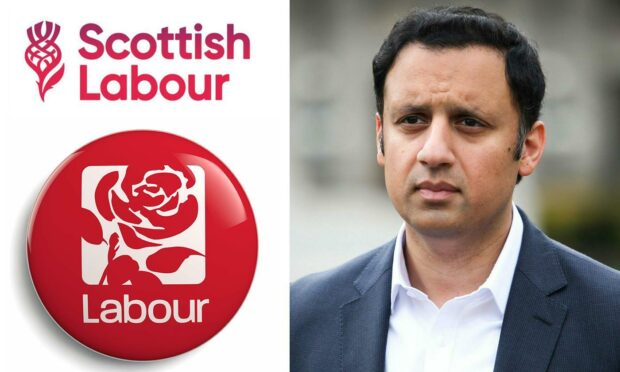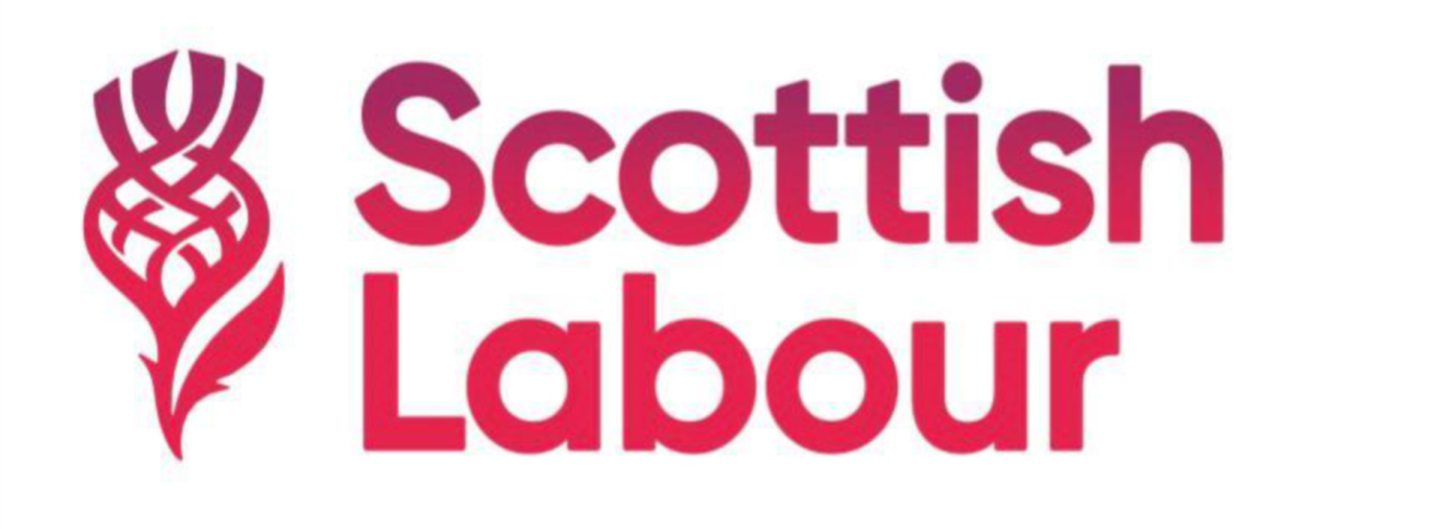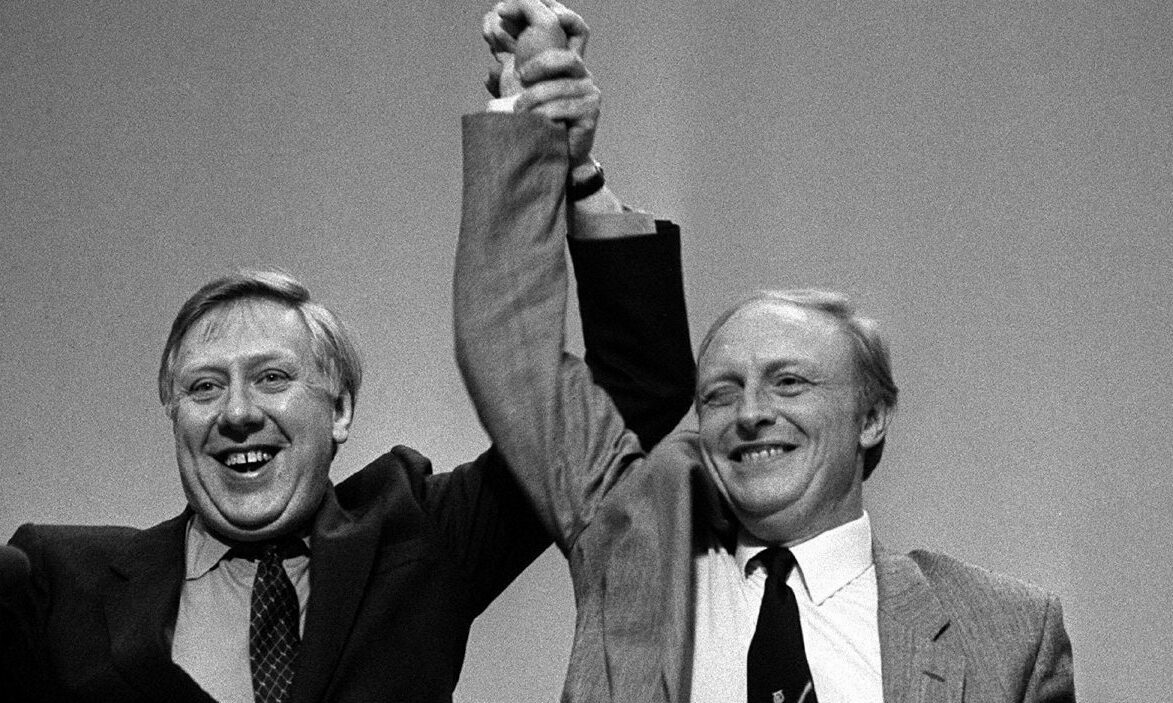Anas Sarwar is ditching Scottish Labour’s “red rose” emblem in a significant rebrand of the party north of the border.
The change to the party’s decades-old logo comes ahead of the annual conference in Glasgow between March 4th and 6th.
Labour’s well-known rosette symbol will instead be replaced with a red and purple thistle.
But why has Mr Sarwar decided to update his party’s logo, and how long has the “red rose” been their main emblem?
Will a thistle make any difference?
Anas Sarwar has claimed Scottish Labour need to modernise and improve their messaging if they hope to win back voters since he took up the top job last year.
The Holyrood party chief hopes to revitalise their fortunes in Scotland after a torrid last decade.
Scottish Labour will hope the new thistle logo can give them a more distinct Scottish identity and distance them from their Westminster counterparts.
It’s understood focus group polling found little support for the “red rose” emblem with Labour members finding it outdated.
The rosette logo will still be used by Sir Keir Starmer as the party’s main symbol south of the border.
A party spokesperson said: “Scottish Labour is committed to transforming our party to win back the trust of the people to Scotland.
“We’re on the side of Scots, and hope they’ll join us so we can build the future together.
“To do that we need new ideas and new thinking. At the Scottish Labour conference this week you will hear Anas Sarwar relentlessly focus on the future.”
How long has Labour used the ‘red rose’ logo?
Labour’s iconic rosette emblem was first introduced in the mid-1980s by Neil Kinnock after he took over as leader.
In their early years after first being founded the party used an emblem featuring a quill, shovel and torch with the word “liberty” written over it.
The quill and shovel crossed over with each other in the sign and were supposed to represent both the trade unionist and academic roots of the Labour Party.
Left-wing leader Michael Foot later changed the emblem to a red flag in the early 1980s when he assumed control of the party.
But it was modified again by Michael Kinnock just a few years later after Labour’s crushing defeat to Margaret Thatcher’s Tories in 1983.
Labour continued to associate themselves with the rosette when in government under Tony Blair and Gordon Brown.
‘Irrelevant’
While Labour are hoping their new thistle icon can help regenerate their image in Scotland, Holyrood rivals have dismissed it.
SNP MSP Paul McLellan said: “Scottish Labour has now taken to rearranging the flowerpots on the Titanic.
“They could swap the red rose for a tartan branded unicorn but it won’t fool anyone – they are still a branch office which takes its orders from London.
“While Anas Sarwar supports continued Westminster control over Scotland – denying democracy by refusing to accept Scotland’s democratic right to hold an independence referendum – the people of Scotland will reject Scottish Labour and they will continue to slide into political irrelevance.”
Meanwhile, a Scottish Tory spokesman said: “While Labour keep sitting on the fence on key issues and working in coalition with the SNP in six councils across Scotland, their logo is irrelevant.
“Ditching the rose emblem only confirms that they’re ashamed of their past as a once-great, strong unionist party that used to challenge the SNP long ago, before they lost votes at every Holyrood election.
“It’s laughable that Labour are wasting time on which pretty flower to use as their logo when Scottish people are far more concerned about their jobs and public services.”


